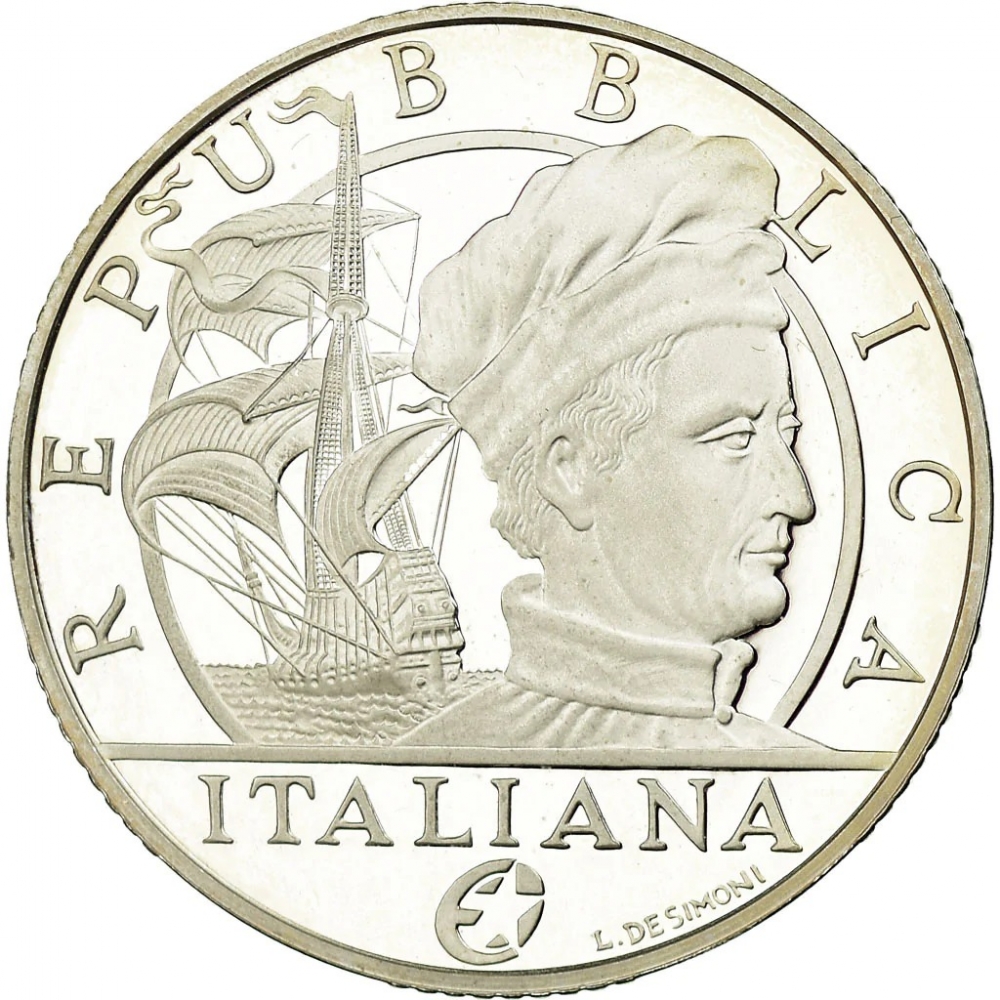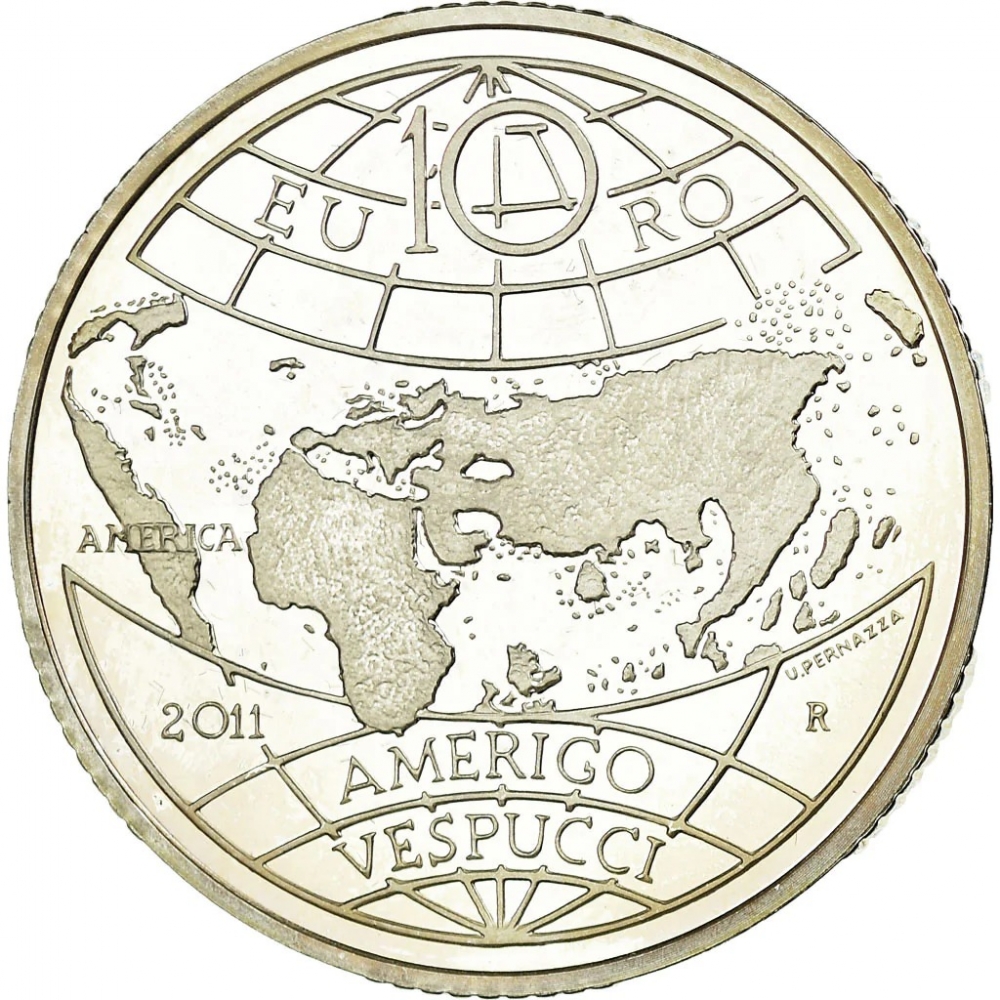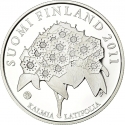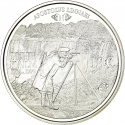You are about to finish your registration. Please check your mailbox (including spam folder). There should be a letter with a confirmation link. Check setting to make sure that your e-mail address is correct.
Send letter againDescription
Amerigo Vespucci (1451–1512) was an Italian merchant, explorer, and navigator from the Republic of Florence, from whose name the term "America" is derived.
Between 1497 and 1504, Vespucci participated in at least two voyages of the Age of Discovery, first on behalf of Spain (1499–1500) and then for Portugal (1501–1502). In 1503 and 1505, two booklets were published under his name, containing colourful descriptions of these explorations and other alleged voyages. Both publications were extremely popular and widely read across much of Europe. Although historians still dispute the authorship and veracity of these accounts, at the time they were instrumental in raising awareness of the new discoveries and enhancing the reputation of Vespucci as an explorer and navigator.
Vespucci claimed to have understood, back in 1501 during his Portuguese expedition, that Brazil was part of a continent new to Europeans, which he called the "New World". The claim inspired cartographer Martin Waldseemüller to recognize Vespucci's accomplishments in 1507 by applying the Latinized form "America" for the first time to a map showing the New World. Other cartographers followed suit, and by 1532 the name America was permanently affixed to the newly discovered continents.
It is unknown whether Vespucci was ever aware of these honours. In 1505, he was made a citizen of Castile by royal decree and in 1508, he was appointed to the newly created position of piloto mayor (master navigator) for Spain's Casa de Contratación (House of Trade) in Seville, a post he held until his death in 1512.
The collector coin is part of the Europa Coin Programme, also known as the European Silver Programme, or the Eurostar Programme. It is an initiative dedicated to the issuance of collector-oriented legal tender coins in precious metals to celebrate European identity. The issuing authorities of EU member countries voluntarily contribute coins to the Europa Coin Programme. Multiple countries have participated in the programme, beginning in 2004. Some coins are denominated in euro, others are denominated in other currencies.
Obverse

|
Depicts a portrait of Amerigo Vespucci from an old engraving. In the background the ship (carrack) which the explorer used during his voyages. The Eurostar logo (the special mark used on coins to indicate participation in the Europa Coin Programme) and the engraver's name below. REPUBBLICA ITALIANA |
|---|---|
Reverse

|
Depicts a free interpretation of the Waldseemüller map. Value is at top, near the North Pole, while below the map are the date, the engraver's name and the mintmark (R). EU 10 RO |
| Edge |
10 Euro
Eurostar - European Explorers
Amerigo Vespucci
Subscribe series
KM# 339
Eurostar - European Explorers
Amerigo Vespucci



